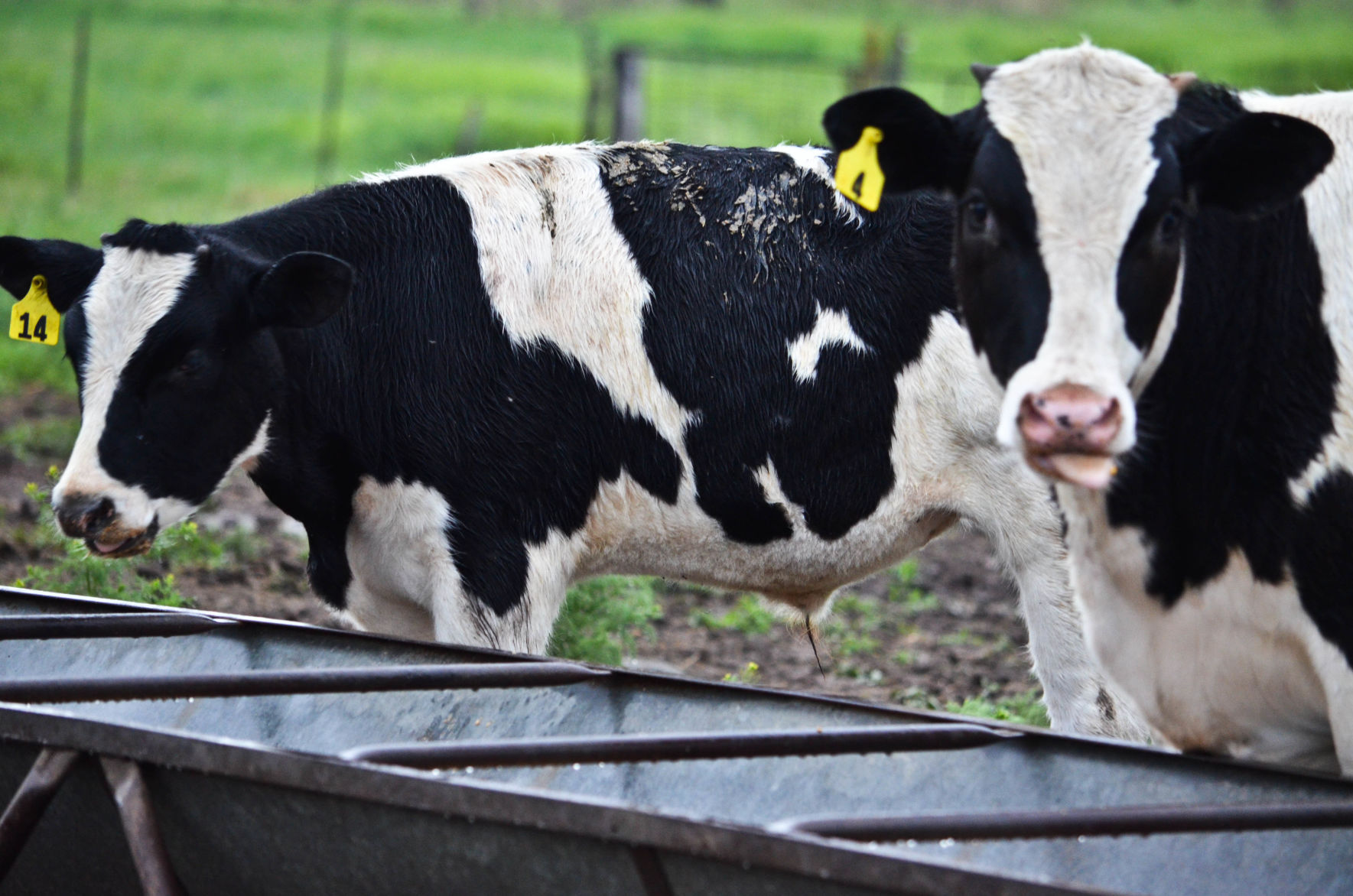Recent reports of dairies dumping milk while consumers are seeing milk rationing in their local grocery stores has lead many to jump to several inaccurate conclusions. The optics of the situation, at first glance, lead to rumors and Kansas Dairy aimed to clear up several of those in recent days.
According to Kansas Dairy in its Facebook statement, there are about 10% of daily loads of milk that are being disposed of, and that disposal is happening in other states at the direction of the cooperatives that purchase milk from dairies. Farmers are being told they will still be paid for their milk, so dairies are still turning in data and sampling the milk that is being disposed.
“The disposal is a direct result of the school and restaurant changes in demand,” the statement read. “There is also a delay with redirecting the milk to packaging changes.”
Justin Ohlde, of Ohlde Family Farms, Linn, Kansas, is on Kansas Dairy’s board of directors and spoke on behalf of the association and commission in a Facebook Live post to explain the complex situation.
First, it’s critical to understand that the milk production chain is constantly in motion, he explained. Dairy cows, once they are milking, cannot be shut off in response to market conditions. Milk is a perishable product and cannot be stored long term waiting for processing to catch up or for a better price. So it’s less than 24 hours that the milk goes from the cow, to the milk truck, to the processing plant, to the truck and on to the grocery store.
Adding to this, according to Kansas Dairy, is that spring is the prime time for dairy production to increase because dairies typically freshen a large percentage of their cows because the weather turns favorable and forages are fresher. In normal years, that added production would go into the ice cream or cheese product in time for summer cookouts and spring parties.
Throw in the COVID-19 effects of stopping or slowing export market movements, as well as turning off the demand for milk and dairy products at the wholesale and restaurant levels, and you now have a new set of problems.
“Before COVID-19, exports were 15% of our production,” Ohlde explained. “That’s one out of every 7 days of production that was shipped to Mexico, China, South Korea and Japan. The food service industry was 25% of our fluid demand, 48% of our cheese demand and 52% of our butter demand. Overnight that industry was shut down.” Plants had whole processing lines set up for the food service industry’s larger scale—things like 20-pound tubs of butter that meet the high demand of a restaurant’s kitchen, but are too large for the home kitchen. Suddenly, the restaurant and food service industry had inventory that they couldn’t use, and more coming on trucks that they had nowhere to go with because people are staying home and self-isolating from the virus.
Plants are shutting down in some parts because of this demand stoppage and some are pausing production for a day or so to thoroughly sanitize their facilities in precaution against spreading COVID-19.
“Understand, dumping the milk is something we don’t want to do,” Ohlde emphasized in his statement. “We all work hard. The reality is the logistics issues mean we have more milk than what we can use because the economy has stopped and we’re trying to sort that all out.” It’s not some ploy by dairy farmers to get higher prices, he added.
It can be confusing for consumers who go to their grocery store and see signs that limit purchases of milk, to hear that farmers are dumping milk at the same time. Ohlde explained that grocery stores are doing their best to manage supplies and staffing while also stopping the hoarding situation that some parts of the country have experienced through this COVID-19 pandemic. With families staying home, parents and children aren’t dining out or eating at school and that means the demand through the grocery line instead of the food service line is expanding and stores have yet to catch up.
The best thing consumers can do is if they have questions about availability of dairy products at their grocery store to ask the store manager.
It’s not really certain yet how long it might take the milk processing sector to catch up to the change in demand and how long the oversupply from farms will last. The massive stoppage of people’s daily lives of school, work, travel and play has affected other parts of the agricultural economy beyond dairy. Less driving means less demand for fuel and corn farmers are seeing ethanol plants stop taking deliveries because there’s little to no demand for ethanol right now. That leads to reduced byproducts like distillers dried grains that cattlemen can feed.
Ohlde said the best thing to do right now is to have patience, and be thankful for community grocers and service providers who are doing their best to manage the situation. America, he said, has seen a lot worse and has made it through tough times before and it will again.
Jennifer M. Latzke can be reached at 620-227-1807 or [email protected].


